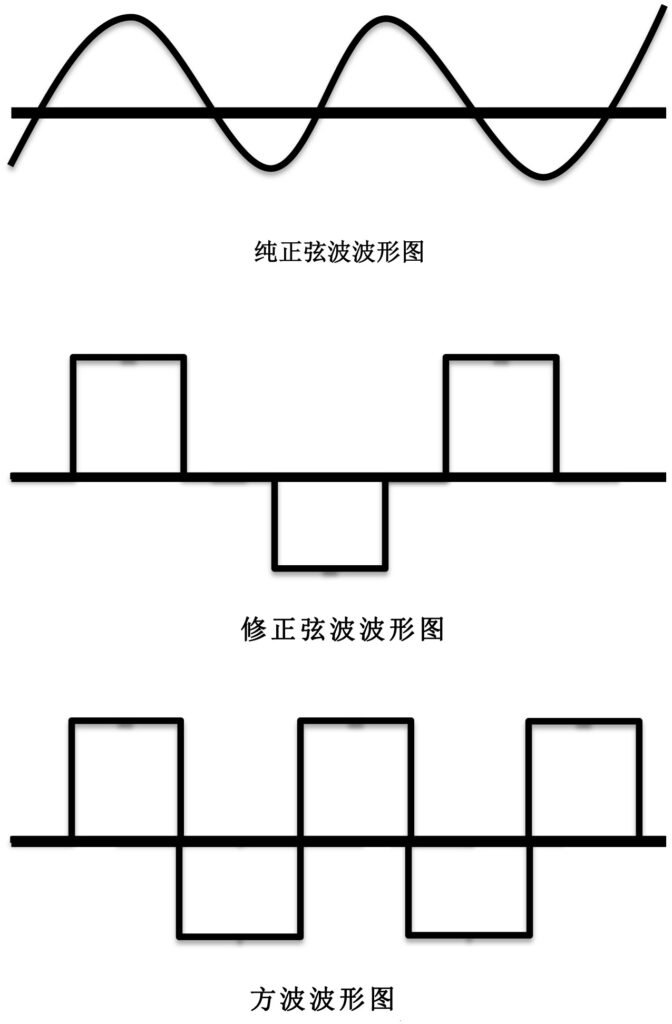- hisolar@cnhisolar.com
- +86-13905874507
A modified sine wave inverter is a device that converts DC power into AC power, providing power for various AC appliances. It can convert the power of DC power sources such as batteries and solar panels into AC power. The output waveform of a modified sine wave inverter is between a square wave and a pure sine wave. Compared with a pure sine wave, it has some distortion, but is better than a square wave and can meet the power supply needs of most appliances.
Ordinary inverters usually output square waves or waveforms close to square waves, while modified sine wave inverters output waveforms closer to sine waves. Compared with square waves, modified sine waves have lower total harmonic distortion and are more suitable for most electrical appliances. However, the circuit of modified sine wave inverters is more complex than that of ordinary square wave inverters, and the cost is also higher.
Pure sine wave inverters output standard sine wave AC, which is consistent with the waveform of the mains. The modified sine wave is between the square wave and the sine wave, and is a quasi-sine wave composed of broken lines. Compared with the pure sine wave:
A solar inverter is an inverter specifically used in photovoltaic power generation systems. It is responsible for converting the DC power generated by solar panels into AC power and feeding it into the power grid or supplying power to AC loads. Solar inverters usually output pure sine waves.
A modified sine wave inverter is a general-purpose inverter that can be used to convert various DC power sources and output modified sine waves. Its function is not as specific as that of a solar inverter, but it is relatively cheap and can meet general power supply needs.
A pure sine wave is a smooth and continuous waveform that can be represented by a sine function:
v(t)=Vmsin(ωt)
Where $V_m$ is the waveform amplitude, $\omega$ is the angular frequency, and $t$ is the time.
The modified sine wave is composed of straight line segments. There is a dead zone between the positive maximum value and the negative maximum value, and the waveform is discontinuous. The modified sine wave can be regarded as a square wave that has been modified to a certain extent, but it still belongs to the category of quasi-square waves.

In summary, the modified sine wave inverter has achieved a balance between performance and price, and is the mainstream inverter product on the market. It is suitable for general households, field operations and other occasions where the power supply quality is not high, and can solve the AC power supply problem economically and affordably.
We value your privacy
We use cookies to enhance your browsing experience, serve personalised ads or content, and analyse our traffic. By clicking "Accept All", you consent to our use of cookies.